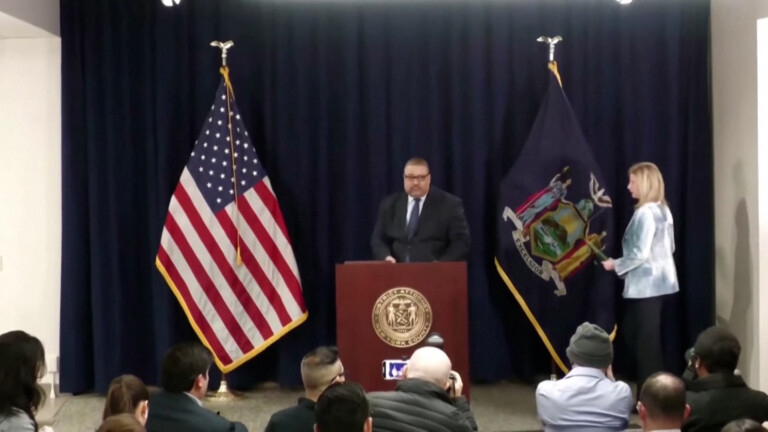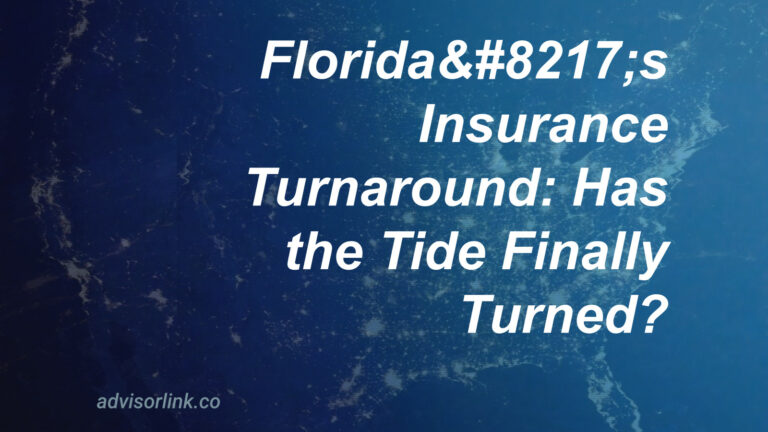“`
Overview
Is California facing an unfolding crisis? The answer, sadly, is yes. Wildfires, fueled by a changing climate, are scorching the Golden State, and the fallout is being felt directly in the wallets and peace of mind of homeowners. This is a story about risk, about loss, and about the fundamental security of our homes.
Key Points
Is the insurance situation dire? You bet it is.
* Policy Cancellations: Is there a homeowner in California not worried about their policy? Major insurers, including the familiar name of State Farm, are pulling out of high-risk areas, especially those that hug the coastline or climb into the hills – Pacific Palisades, for example. They’re leaving homeowners high and dry, with precious few options. In Pacific Palisades alone, more than 1,600 policies have been cancelled [2]. Across the state? The numbers are staggering.
* Shift to FAIR Plan: Is there a safety net for homeowners? There is, but it’s not ideal. Homeowners are being pushed toward the California FAIR Plan, a government-backed program designed as a last resort. It provides basic fire insurance, but at a higher cost. In the Pacific Palisades, the number of homes under the FAIR Plan has quadrupled since 2020 [2]. The FAIR Plan is not a panacea.
* New Regulations: Are the politicians stepping in? Well, some are. California has introduced new rules, requiring insurers to slowly increase coverage in high-risk areas. It’s a cautious step. The insurers, however, are allowed to pass on their reinsurance costs to consumers, which is a fancy way of saying those premiums will likely go even higher [2].
* National Implications: Is this a localized problem? No. The flames licking California are a harbinger of things to come. States like Florida, Louisiana, and Texas, all battered by climate-related disasters, face similar challenges. The potential for a broader financial crisis is real [2].
Potential News Article Outlines
Is there one way to tell this story? No. There are several.
* “California Homeowners Struggle with Insurance Crisis Amid Wildfires”: This is the most direct approach, laying out the crisis plainly. It would cover the cancellations, the FAIR Plan, and the regulations.
* “The Financial Impact of Climate Change on Homeowners”: This outline would look at the economic strain, and financial risks.
* “Navigating the FAIR Plan: Options for Homeowners in High-Risk Areas”: This could be a practical guide for homeowners trying to make sense of their options.
Content Creation Ideas
Are there other ways to present this information? Yes, there are.
* Infographic: Visualize the rise in FAIR Plan usage and the number of cancellations in California. A picture, they say, is worth a thousand words.
* Interviews: Get the real story. Talk to the families whose lives are being upended, and with those who are struggling with their insurance.
* Podcast: Gather the experts, let them explain the complexities.
* Video Segment: Look at the new regulations and their impacts.
Common Errors & Misconceptions
Are there misunderstandings about what is happening? Absolutely.
Is insurance always the answer to everything? No. Insurance does not cover all damage. Wildfires are an example.
Is this the end of the story? No. The insurance crisis in California is a symptom of a larger, and more ominous, problem – the changing climate. It’s a situation that demands our attention, and our action.
“`
Disclaimer: General Information & Accuracy
This blog provides general information and discussions about insurance and related subjects for informational purposes only. It is not intended as professional advice, including but not limited to financial, legal, or medical advice. We strive for accuracy, but laws, regulations, information, and best practices constantly evolve, and unintentional errors can occur. Therefore, we make no warranties about the completeness, accuracy, reliability, or suitability of the blog content. Always consult with a qualified professional for advice tailored to your specific situation. Any reliance you place on this information is strictly at your own risk.


